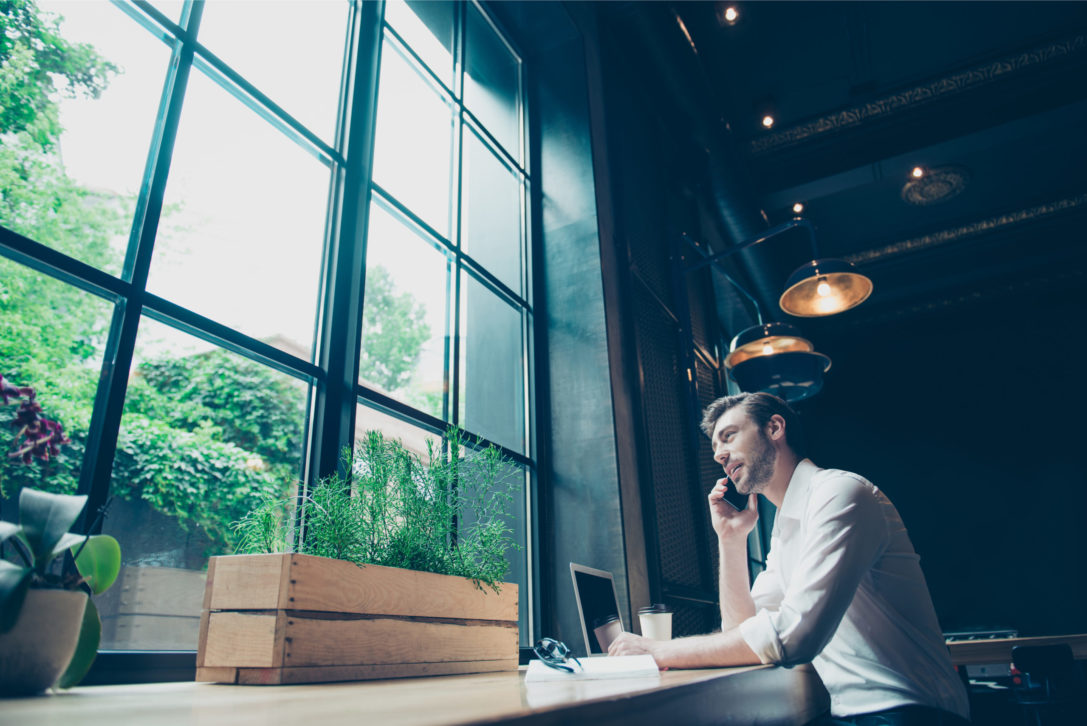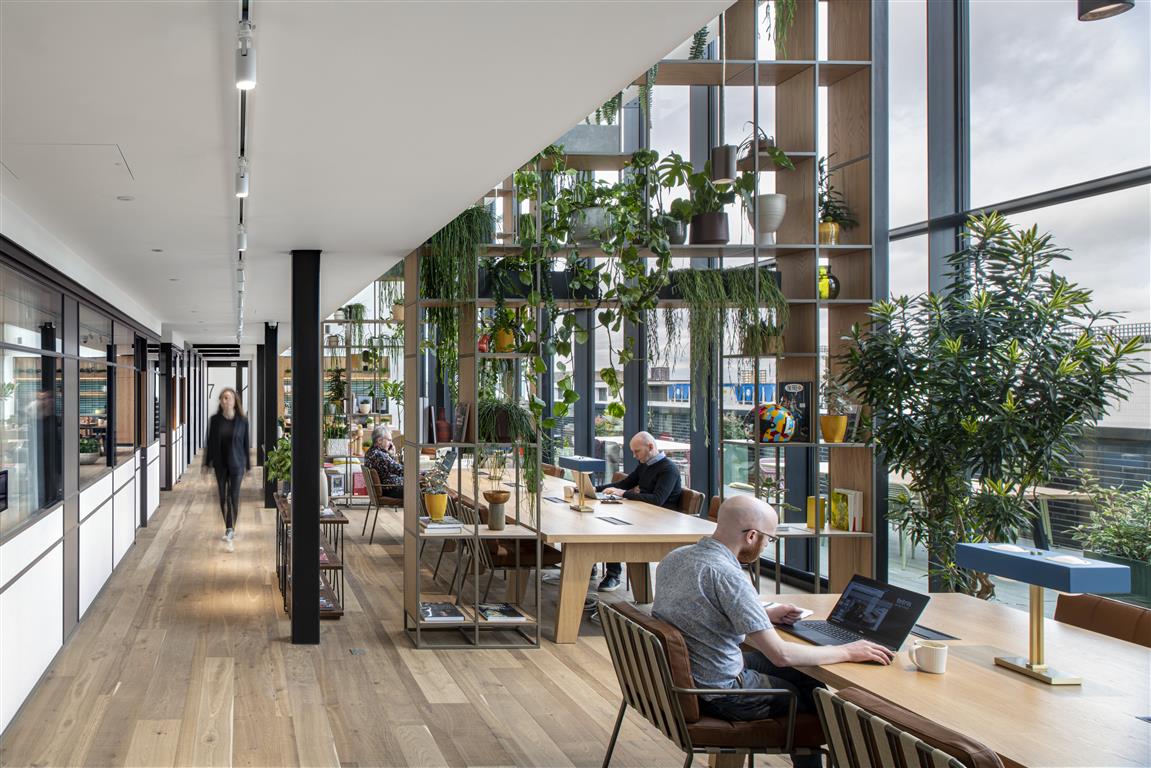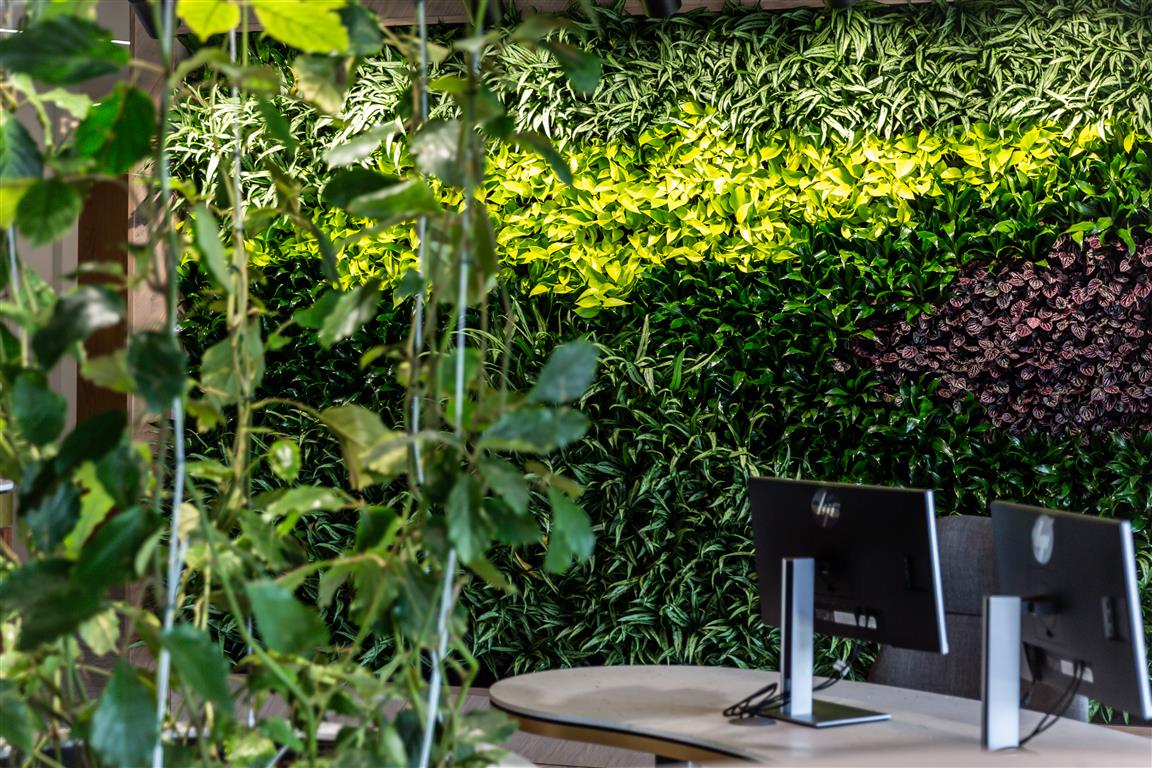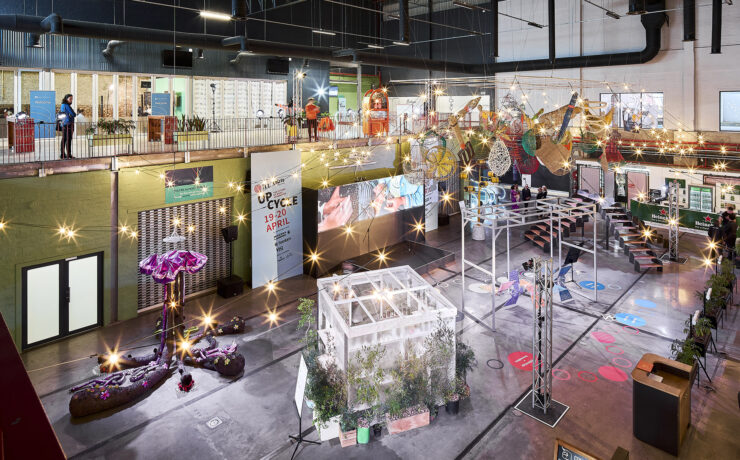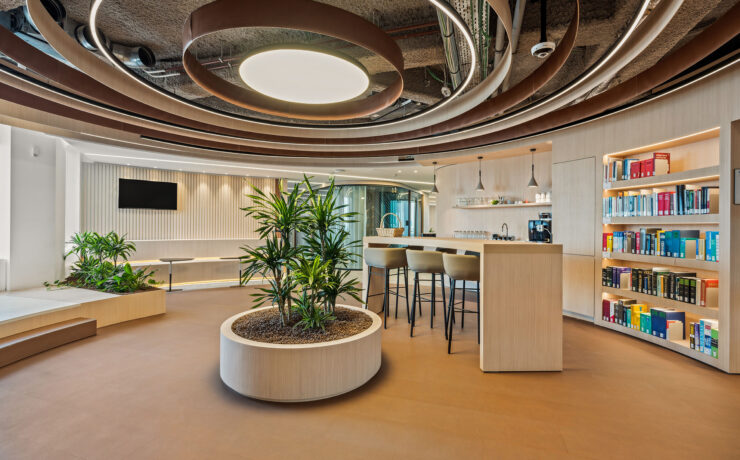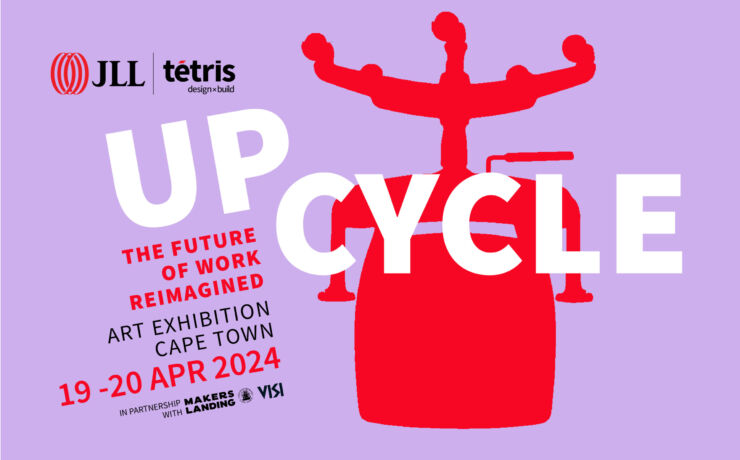For environmentally minded companies, good interior design is an intrinsic part of a greener office.
In the Los Angeles offices of Cuningham Group architecture firm, natural daylight streams in through four skylights and floor-to-ceiling glass walls, while discreet vents manage the flow of fresh air. Individual offices are set in upcycled shipping containers, with a central indoor garden that filters the air and enhances the space with morale-boosting greenery.
“Sustainability in the office has advanced by leaps and bounds in the last five or ten years. Design measures that can enhance a firm’s environmental credentials are coming to the top of every client’s wish list,” says Stuart Finnie, Head of Design at Tétris.
Going eco-friendly – and employee-friendly
Common eco-friendly measures include the selection of energy-efficient lights and office equipment, and flooring and wall finishes that are sustainably sourced, such as reclaimed wood or recycled construction materials.
With indoor air pollution a growing concern, green interior design is also increasingly focused on improving air quality in the workplace – for example, with eco-friendly furniture that does not emit polluting volatile organic compounds (VOCs), and internal gardens or living walls that can clean the air.
“A sustainable workplace is as much about the user experience as it is about its environmental credentials – and green interior design comes with huge benefits for employee wellness,” Finnie says.
More companies are now realizing that the two go hand-in-hand. In Canada, Manitoba Hydro Place features two atria – one three-storey-high, the other six-storey-high – that act as a passive air ventilation system, minimizing the need for air-conditioning. High ceilings increase natural daylight and boost employee creativity – at the same time, reducing lighting requirements – while a south-facing garden maximises winter sunlight and its mental health benefits.
“The core principles are to provide access to natural daylight and ventilation wherever possible,” Finnie says.
Natural light and ventilation have been shown to improve employee health and wellbeing, as well as performance – but when employees can’t work next to a window, design features such as circadian lighting that mimics sunlight can offer similar benefits. “Features that give the impression of the outdoors, such as ambient soundtracks or a digital ceiling imagery of an open sky, have benefits for productivity and wellbeing too,” Finnie notes.
Sustainable through technology
The impact of greener interior design is perhaps most visible with data-driven digital systems that manage a building.
“The influence of technology has been critical to finding efficiencies through interior design, while improving the workspace experience for its users,” Finnie says.
At The Edge in Amsterdam, Deloitte’s pioneering sustainable office, 30,000 sensors measure occupancy, lighting, humidity and temperature, turning off lights when a room is empty and personalizing the workplace according to employees’ individual needs and preferences. Microsoft’s Redmond campus features an intelligent building management system that monitors 50,000 pieces of equipment to optimize energy use. Sensors detect the overall capacity of the campus in order to direct the flow of people so that unneeded resources can be turned off, improving energy efficiency.
For companies, greening the office doesn’t only have measurable advantages in employee productivity and cost efficiencies in energy usage. “A sustainably designed workspace is a means to attract and retain the best talent. It sends a message that companies care about their employees as people, not just workers,” Finnie says. Indeed, research suggests that people working in offices with natural lighting enjoy a better quality of sleep and are more active than those who spend their days in darker rooms.
And some companies are even thinking beyond people to workplace features that protect local wildlife. PriceWaterhouseCooper refitted its London headquarters to receive the world’s highest sustainability rating, maintaining over 13,000 sq m of roof space for threatened and protected bird species to forage and nest, while Amsterdam’s Geelen Counterflow office features a garden with nesting sites for birds, bugs, bats and amphibians.
“People today are more tuned into both environmental and wellbeing issues than ever before. Companies are increasingly aware of this and now we’re seeing sustainable interior design lead the way for environmentally-conscious design in general,” Finnie says. “As smart technology becomes more mainstream, the way workplaces are designed and operated will only become greener.”
